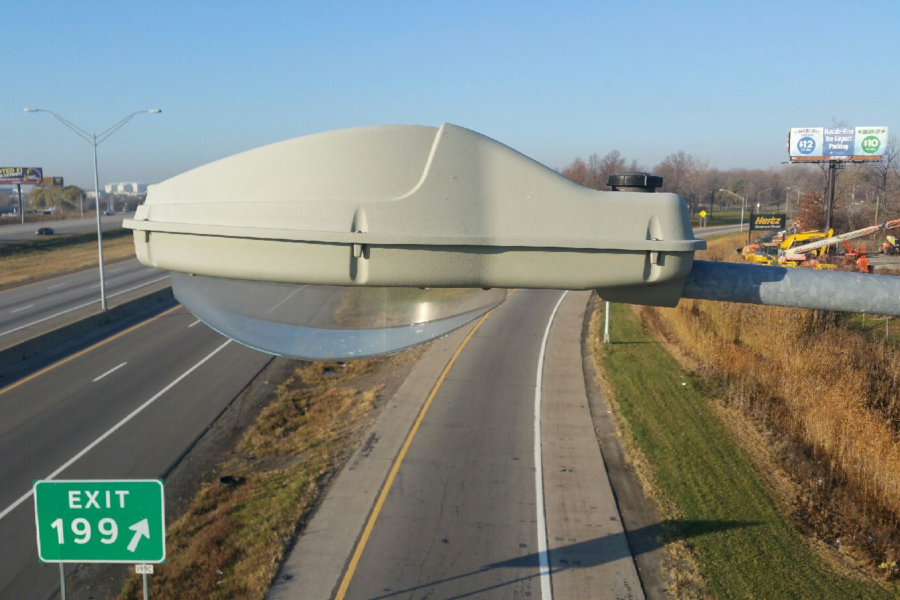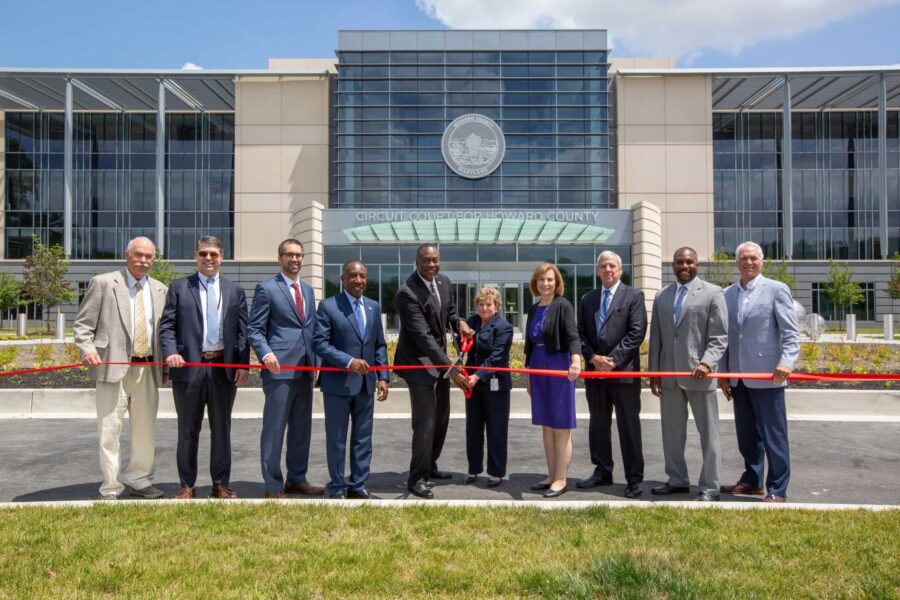Helping shape communities for the better
Investing in projects with environmentally positive features, sustainable design, construction, operations, and maintenance.
–
Constructing projects in a responsible manner, with minimal impact to natural habitats.
–
Striving to ensure our assets are protected from global environmental threats, including climate change, severe weather, flooding, and other natural disasters.




